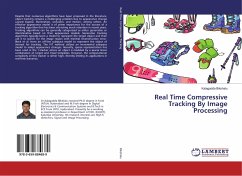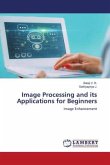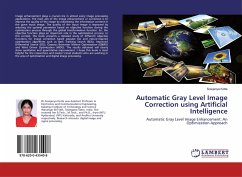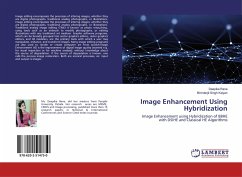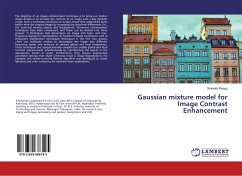Despite that numerous algorithms have been proposed in the literature, object tracking remains a challenging problem due to appearance change caused bypose, illumination, occlusion, and motion, among others. An effective appearance model is of prime importance for the success of a tracking algorithm that has been attracting much attention in recent years. Tracking algorithms can be generally categorized as either generative or discriminative based on their appearance models. Generative tracking algorithms typically learn a model to represent the target object and then use it to search for the image region with minimal reconstruction error. Black et al. learn an off-line subspace model to represent the object of interest for tracking. The IVT method utilizes an incremental subspace model to adapt appearance changes. Recently, sparse representation has been used in the 1-tracker where an object is modeled by a sparse linear combination of target and trivial templates. However, the computational complexity of this tracker is rather high, thereby limiting its applications in real-time scenarios.
Bitte wählen Sie Ihr Anliegen aus.
Rechnungen
Retourenschein anfordern
Bestellstatus
Storno

